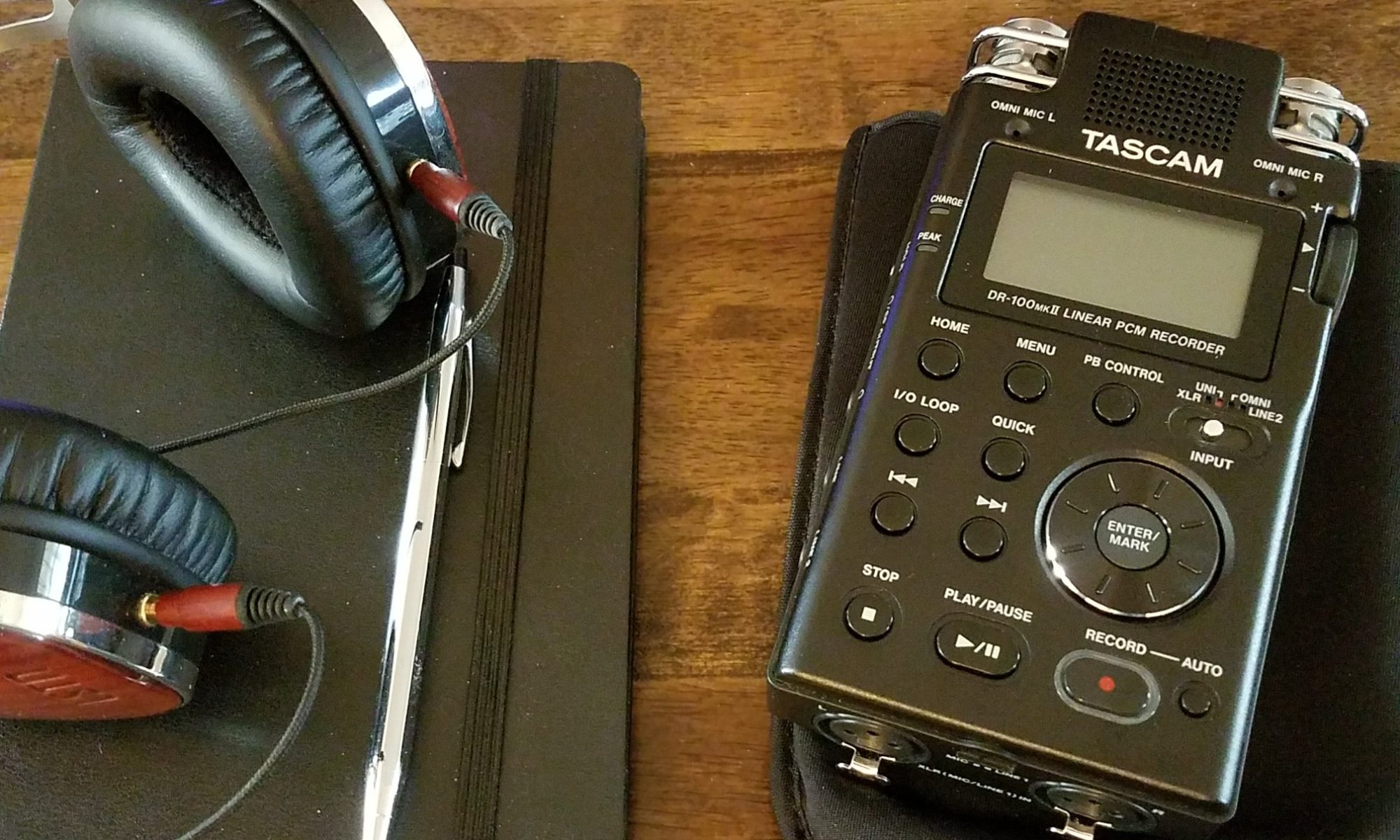Statistically, do you think the Darfur situation will supersede the Rwandan situation in the mid-1990s? What are the similarities in the buildup for each of these conflicts?
The Rwandan genocide was unique because of its swiftness. In 100 days, 800,000 people were killed. Darfur’s numbers don’t yet match that, but the conflict continues to rage unchecked, and Janjaweed have begun attacking refugee camps in Chad, it’s likely that the number of victims will continue to grow.
It’s important to keep in mind, however, that these raw numbers are not the best method for gauging the severity of any given genocide. In most cases, it’s the method and causes that defines how we view and discuss these atrocities rather than the number of victims.
The one overwhelming historical similarity to these two genocides is that both countries were former colonies, meaning that they wound up being an amalgam of peoples, cultures, tribes, and even languages. When the colonial powers pulled out of Africa, not only was a governing vacuum left, but a unifying cultural void was created.
To put it another way, there was nothing really holding these groups together as a nation. They were a huge grouping of tribes and traditions and in both cases, the leaders of their government wound up disliking one particular group.
Odette Nyiramilimo, a survivor of the Rwandan genocide, put it best when she said:
“The similarities are that the government has not done enough to protect its people. It is the government who has supported the killers — the Janjaweed — and did not prevent people from being killed. Like it happened in Rwanda: The government was arming the perpetrators –Interahamwe. That’s terrible to happen again in Darfur. That’s why we can say what is happening in Darfur is a genocide. Something has to be done. The people need to be protected and be considered as human beings having rights. There are so many similarities between the two governments–Rwanda 1994 and Darfur–in failing at their role of protecting their people.” (TNR Online, 07.19.06)
